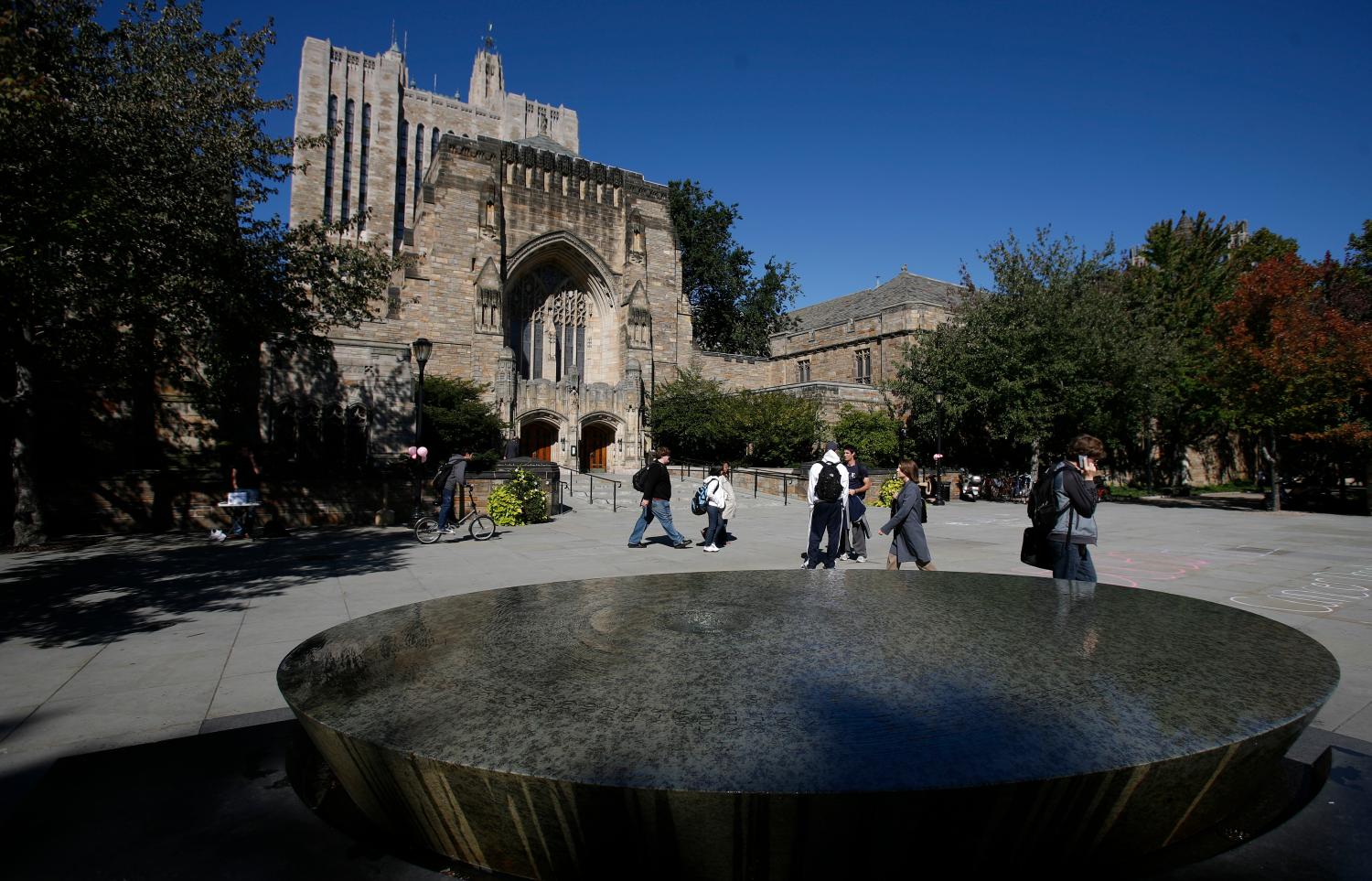Earlier this year, Beth Akers and Matthew Chingos released a report aimed at injecting some much-needed evidence into what has become an often-hysterical public debate about student loan debt. Their report, “Is a Student Loan Crisis on the Horizon?” used data from the Survey of Consumer Finances (SCF) administered by the Federal Reserve Board to track how the education debt levels and incomes of young households evolved between 1989 and 2010. The data showed large increases in average debt levels over time, but also revealed some surprising findings.
First, the authors found that roughly one-quarter of the increase in student debt between 1989 and 2010 can be directly attributed to increases in educational attainment, especially at the graduate level. Second, the increases in the average lifetime incomes of college-educated workers appear to have more than kept pace with increases in debt loads between 1992 and 2010. Specifically, the increase in earnings received over the course of 2.4 years would pay for the increase in debt incurred. Third, the monthly payment burden faced by student loan borrowers stayed about the same or even lessened between 1992 and 2010.
One limitation of the June 2014 report is that its authors could only examine data through 2010, the last year of SCF data that was available at the time. Consequently, the analysis could have missed recent trends in borrower well-being. Last week, the Federal Reserve Board released the 2013 SCF data, which enabled Akers and Chingos to extend their analysis to capture a snapshot of education debt through just last year.
In this research brief, the researchers update key indicators from their earlier report with data from the 2013 SCF. In general, the 2013 data paint a broadly similar picture to the 2010 data, and do not reveal any sharp departures from prior trends. Debt levels continued to increase, but at a slower pace than in previous years. Average incomes of borrowers fell slightly, but the decrease was small enough that monthly loan payments as a share of monthly incomes remained the same.
The 2013 data confirm that Americans who borrowed to finance their educations are no worse off today than they were a generation ago. Given the rising returns to postsecondary education, they are probably better off, on average. But just because higher education is still a good investment for most students does not mean that high and rising college costs should be left unquestioned.





